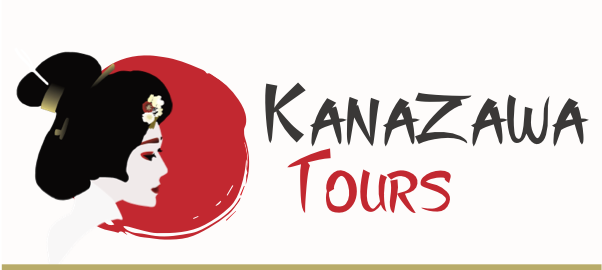Kanazawa Tours get an exclusive meeting with Kaga Yuzen(Kimono Dyeing) master, Hisatsune-san, who speaks about the age-old tradition of kimono dyeing in Kanazawa and how the times are changing.
So what is Kaga Yuzen and how is it different to other kimono dyeing styles?
Kaga Yuzen traditionally depicts beautiful natural scenes, such as flowers, birds and landscapes. The materials used (dyeing paste) are made up of 5 basic colours; indigo, crimson, ocher, purple and black. The traditional craft of Kaga Yuzen is over 500 years old and really flourished in Kanazawa under the patronage of the Kaga clan.
Why did you choose Kaga Yuzen craftsmanship?
Hisatsune-san describes how he wanted to be part of a traditional craft where he could take ownership of the entire process. He has even managed to create his own unique methods of natural dye extraction. The colours he uses now have been harnessed from natural products such as cherry blossoms, grapes, berries or plant extracts. He describes the collection of fallen imperial cherry blossoms from Oyama shrine to the perfection of the extraction methods to release the precious pigment and finally the actual painting of the dye onto the silk. He describes and illustrates an extraordinary commitment to the craft, which can only really be appreciated at his workshop.
How long does it take to make a kimono?
The whole process takes around 3 months in total, we take special care in the design stage which can take up to a month. The following 11 steps from sketching, dyeing, steaming and finishing can take up to 2 months of work.
So what’s next for Kaga Yuzen under Hisatsune-San?
The kimono trade has long been a male-dominated trade but Hisatsune-san believes it’s time to change. “Women are my main customers so obviously, their influence is essential in the selection of colours and styles”. He now has only female apprentices, Emi-san and his own daughtes, Akiyo-san and Asako-san to carry on the trade. As with all traditional crafts, Hisatune-san passes the craft via word of mouth and hands-on training. “traditional knowledge transfer cannot be written down” he says, it would go against tradition. As you can see(he says with a smile) leaving women out of the process in this household would be rather difficult.
So how can we arrange a visit to your workshop?
Author: Mike Keenan
Photo Credits: Mike Keenan




